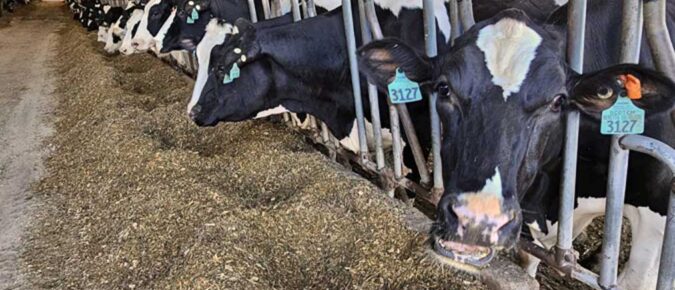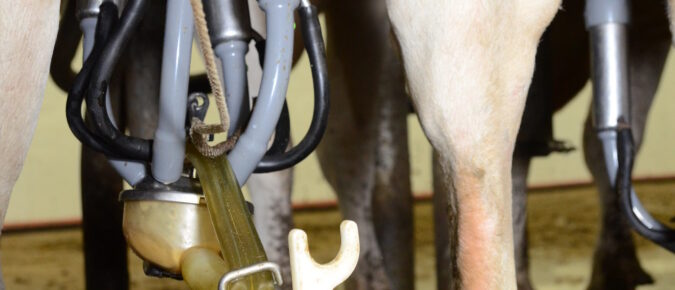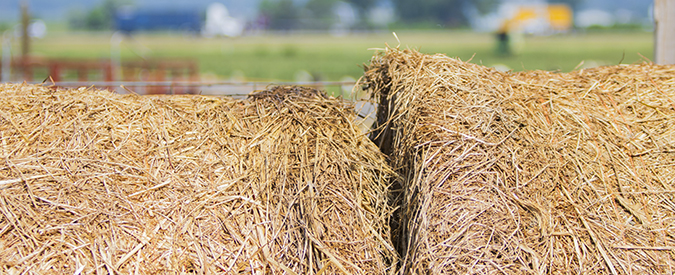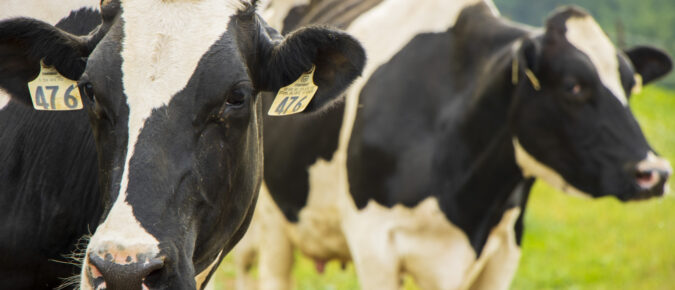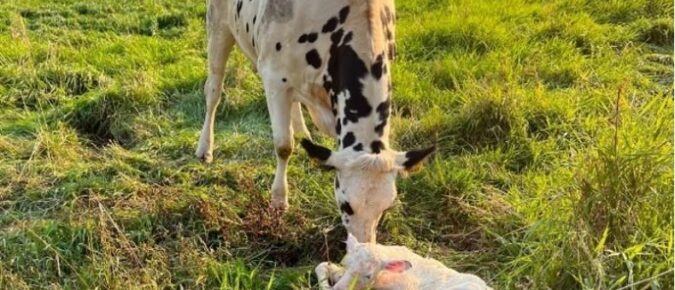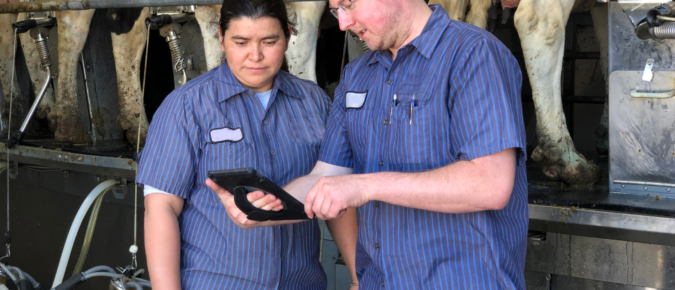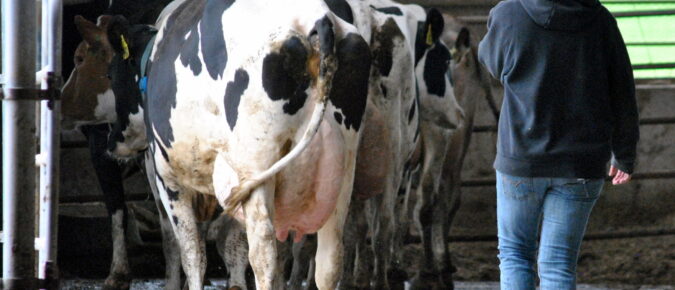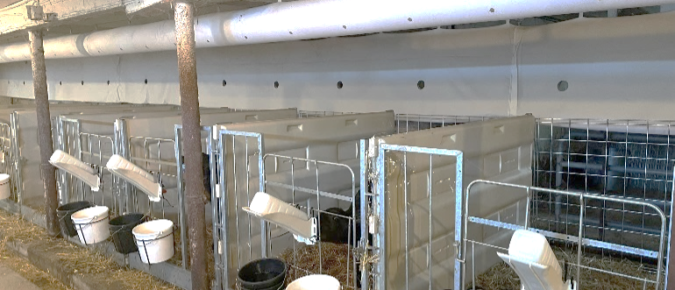Articles
▶️ Watch: Balancing diets for energy & amino acids to maximize milk components
Sebastian I Arriola Apelo discusses amino acid balancing when feeding different energy sources to maximize milk protein and fat. Discussion will include various scenarios, including consideration of an induced milk fat depression.
Risks of inadequate fiber in the diet
Fiber in the diet provides an important role in rumen function and digestive health. The varying levels of digestibility of fiber are due, in part, to differences in the amount of lignin, the part of the plant cell wall that provides the plant rigidity.
▶️ Watch: Udderly Efficient: Management strategies for optimal performance
In this insightful webinar, gain a comprehensive understanding of how these practices can significantly enhance efficiency in the milking parlor and beyond.
▶️ Watch: Selection of dairy cows for consistent performance under predictable conditions
Kent Weigel, Professor and Chair of the Department of Animal and Dairy Sciences at the University of Wisconsin – Madison Division of Extension, presents on current research on the day-to-day consistency of dry matter intake, milk yield, and the genetics behind it.
▶️ Watch: National Beef Quality Audit – Results That Impact You
In this video Michaela Clowser, Tammy Vaassen and Bill Halfman discuss the 2022 NCBA Quality audit results with dairy and beef producers.
Forage Testing Functionality
Forage testing has the potential to allow you to more effectively utilize your forages. Using test results can help you realize more pounds of milk from your cows by helping you decide where to best use your forages and how to complement them in your ration. Using forage testing is a relatively inexpensive way to maximize your efficient use of forage.
Quick Reference: Reading Dairy Sire Proofs
Advances in dairy genetic research have created an ever-increasing amount of information for dairy farmers to take into consideration for sire selection. Dairy sire proofs contain a mix of numbers, acronyms, and other terminology. This reference guide covers common sire proof information and what it means.
▶️ Watch: Watch: Regulation of the Lactating Mammary Gland
In this UW-Madison Extension Dairy Program webinar, Department of Animal & Dairy Sciences Lactation Physiology Professor Laura Hernandez discusses calcium metabolism in the mammary gland, the physiology during the transition period, and other things the mammary gland needs to thrive.
It’s Proof Time! How You Can Decode Dairy Sire Summaries
The Council for Dairy Cattle Breeding releases updated dairy sire summaries in April, August, and December. The science of sire summaries has changed in recent years. More traits, especially for health, longevity, and efficiency can now be evaluated and included for selection.
▶️ Watch: Is it time to rethink employee onboarding and training?
In this recorded Badger Dairy Insight webinar, UW-Madison Division of Extension Farm Management Outreach Specialist Jim Versweyveld discusses onboarding and training for dairy employees and discusses how interactive learning experiences can help build confidence by allowing dairy workers to actively participate in their own training.
▶️ Watch:The importance of cow handling and a revolutionary way to practice
Handling cows is necessary to harvest milk and provide animal care, but these interactions also present a risk of injury to personnel. Inappropriate cow handling threatens animal welfare, milk production, and public trust in dairy farming. But how can the industry best teach these skills? Interactive learning experiences can help build confidence by allowing dairy workers to actively participate in their own training.
Renovating Tie-Stall Barns for Indoor Calf Housing
An alternative to this is indoor calf housing, where renovated old barns can be utilized, taking advantage of the existing structure. Adapting an old building to house calves involves several steps:


